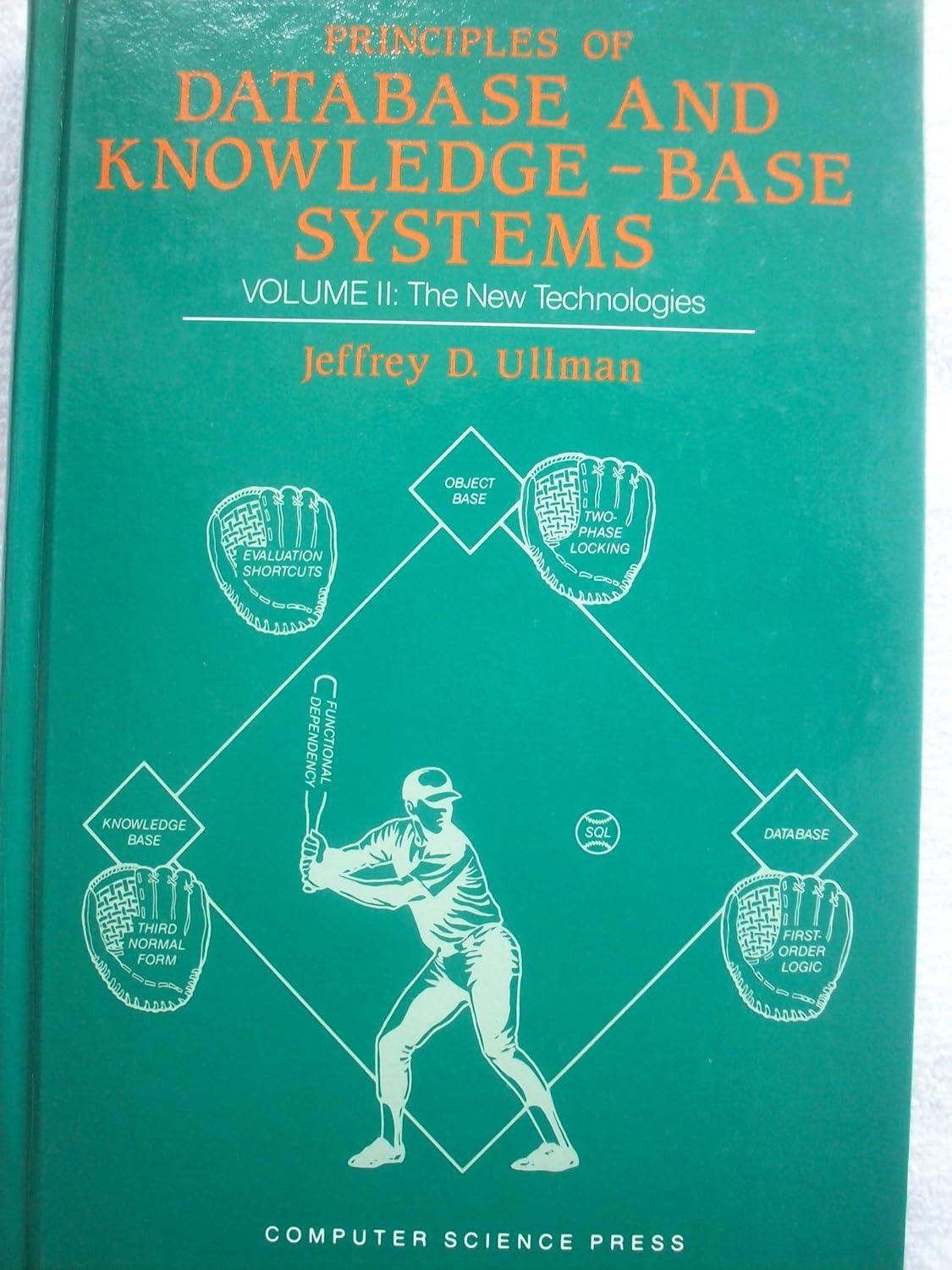Question
You will implement open addressing hashing using linear probing on the hard disk (in a file). Record format Each element of the hash table contains
You will implement open addressing hashing using linear probing on the hard disk (in a file). Record format Each element of the hash table contains a record. Each record is formatted as follows: 20 bytes (for 10 Unicode characters) 2 bytes (for String termination character) 1 byte (data information byte: dirty bit, empty bit) The data are laid out on the record as shown above. Note! You may use an object to store the data, but only if the size of the object is exactly 23 bytes. Note!! It does not matter what the size of an input String is.
You must pad or truncate (on the right) the String data to make every stored data item exactly 23 bytes in total. Meta-data The meaning of the byte that stores the dirty bit is: 0b0000 there is no data present 0b0001 dirty the data is invalid. I.e., this is a tombstone 0b0100 clean data there is data present and the data is valid 0b0101 dirty data there is data present, but the data is dirty. Note! Only the bottom 4 bits of the byte is shown. The top four bits are, obviously, all 0. The basic hash table The hash table is a random access file comprising records. You must create the initial hash table in the file by setting up 16 records: The hash table is initially empty and is size 16.
Use Java Objects hash() function for the hash function. Operations on the hash table You will insert and delete several records. When the hash table reaches 50% full, you must pause reading input and applying operations, create a new hash table doubled in size, rehash the old data, delete the old table. After every insertion, check to see if your table has exceeded capacity (50%). Deletions will not cause contraction of the hash table, not even if the table is empty. The operations are contained in a char stream file named input.dat.
There are three kinds of operations in that file: input ( String ) delete ( String ) printTable() Input operation input( String str)
(1) Read the String str from charstream input.data
(2) Output Input str to the console (obviously using the value of str in the output statement)
(3) Modify the String str to make it 23 bytes following the format given above. Note, the final byte is 0x04 (data present, not dirty).
(4) hash the input parameter s to find the hash value. Then modify the hash value to find the seek location.
(5) Seek to the computed location.
(6) Read the record at the current seek position
(7) If the record location is marked dirty 0x01 or 0x05, or marked empty 0x00, then insert the data, else repeat linear probe until data can be inserted.
(8) After the record been inserted, check the table capacity. If the table is over capacity: Output table size n is overcapacity. Rehashing (obviously, give the current value of n) Rehash table Delete any old file that will no longer be used Delete operation delete ( String str ) (1) Read the String str (2) Output Delete str to the console. Give the current value of str in the output (3) Hash the data, compute the seek location (4) Use linear probe by reading records, testing for value match or testing for dirty bit until either: data is found mark it dirty or: data is not present (probed to empty record). PrintTable operation (1) Determine the size of the file in bytes and in number or records. Output the size(s) of the file. (2) Position the file cursor at the start of the hash table. (3) On a separate line, output the String data, followed by the data information byte, in the order as recorded in the file.
The data information byte must be given as a bit string. If the record is empty, output blanks for the String data followed by the data information byte. (4) Repeat (3) for the entire file (there will be 32 entries).
Testing the data information byte: Suppose you have put the data information byte into the unsigned byte variable named info. n The data is dirty: info && 0x01 n The data is present and clean: !dirty(info) && (info && 0x04) n The record is empty: info == 0x00 Setting the data information byte Suppose you have put the data information byte into the unsigned byte variable named info. - Set the dirty bit: info = info || 0x01 - Clear the dirty bit: info = info && 0xFE - Set the data present bit: info = info || 0x04 - Clear the data present bit: info = info && 0xFB
Step by Step Solution
There are 3 Steps involved in it
Step: 1

Get Instant Access to Expert-Tailored Solutions
See step-by-step solutions with expert insights and AI powered tools for academic success
Step: 2

Step: 3

Ace Your Homework with AI
Get the answers you need in no time with our AI-driven, step-by-step assistance
Get Started


